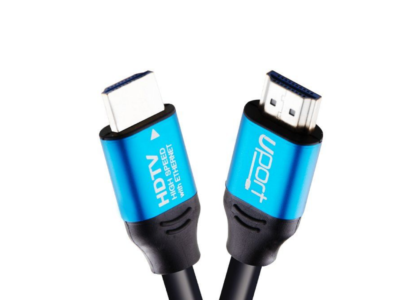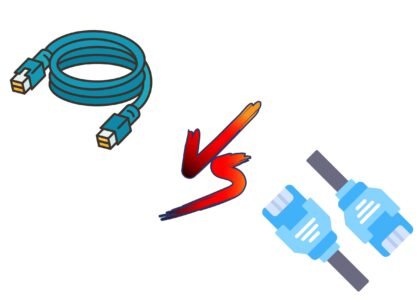Docking stations have become integral accessories for professionals seeking to enhance productivity and streamline connectivity in their workspace. These devices offer a centralized solution for connecting multiple peripherals, monitors, and networking devices to laptops and tablets. But do docking stations actually improve performance? Let’s explore the benefits, considerations, and scenarios where a docking station can optimize your computing experience.
Understanding Docking Stations: Docking stations serve as a hub that connects to a laptop or tablet, typically via a single cable connection (often USB Type-C or Thunderbolt). They provide additional ports such as USB-A, USB-C, HDMI, DisplayPort, Ethernet, audio jacks, and sometimes SD card readers. This setup allows users to transform their portable devices into full-fledged workstations with ease.
Benefits of Using a Docking Station:
- Enhanced Connectivity: Docking stations consolidate multiple ports into one device, eliminating the need for separate adapters and cables.
- Multi-Monitor Support: Easily connect multiple monitors to expand workspace and improve multitasking capabilities.
- Single Cable Connection: Simplify setup and reduce cable clutter with one cable connection that handles data transfer, power delivery, and peripheral connectivity.
- Improved Productivity: Quickly switch between work environments with preset configurations for peripherals and displays.
Performance Enhancements with a Docking Station:
- Faster Data Transfer: Utilize high-speed ports (e.g., USB 3.1, Thunderbolt 3) for faster file transfers between devices.
- External Graphics Support: Some docking stations support external graphics cards (eGPUs), enhancing graphics-intensive tasks like video editing and gaming.
- Charging Capabilities: Charge laptops and other devices through Power Delivery (PD) ports, ensuring they stay powered throughout intensive work sessions.
Considerations When Choosing a Docking Station:
- Compatibility: Ensure the docking station is compatible with your laptop or tablet’s ports and operating system (e.g., Windows, macOS, Linux).
- Port Selection: Choose a docking station with ports that match your specific needs, such as HDMI for monitors, USB ports for peripherals, and Ethernet for network connectivity.
- Build Quality and Design: Opt for docking stations made from durable materials with a design that complements your workspace setup.
Conclusion: While docking stations primarily enhance connectivity and streamline workspace organization, they can indirectly contribute to improved performance by facilitating efficient multitasking, faster data transfers, and seamless device integration. By selecting a docking station that meets your connectivity needs and device compatibility, you can optimize your workflow and enhance productivity effectively.




